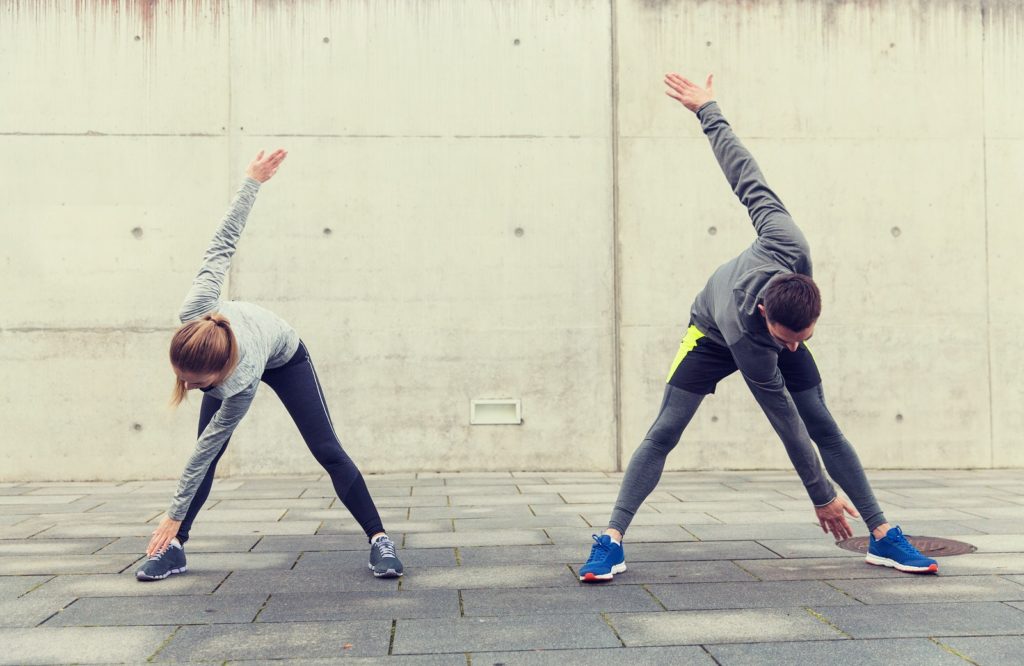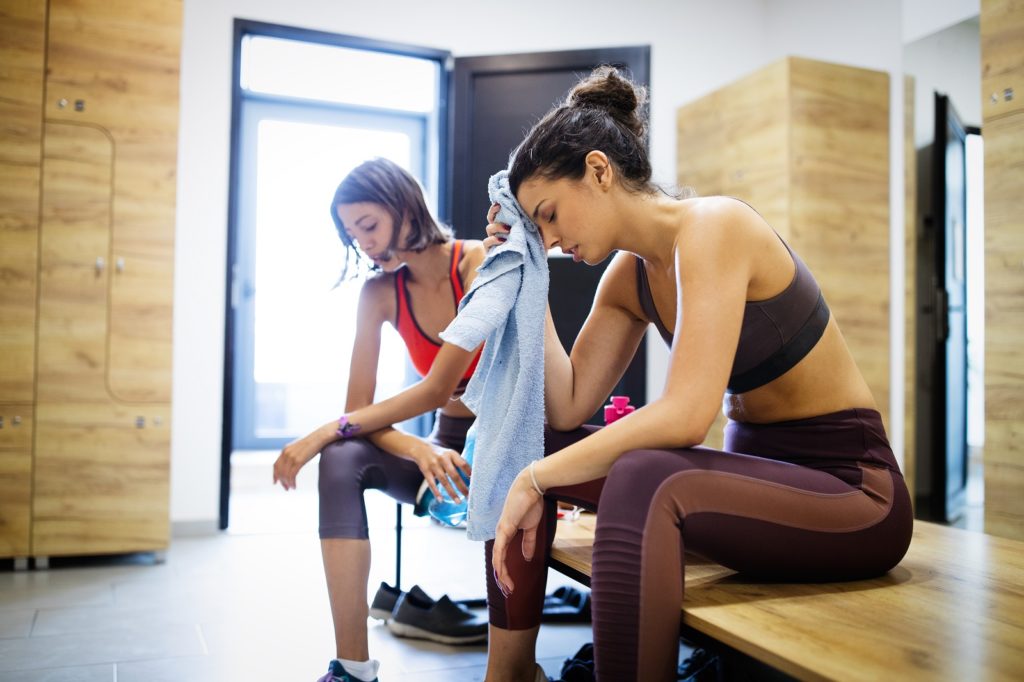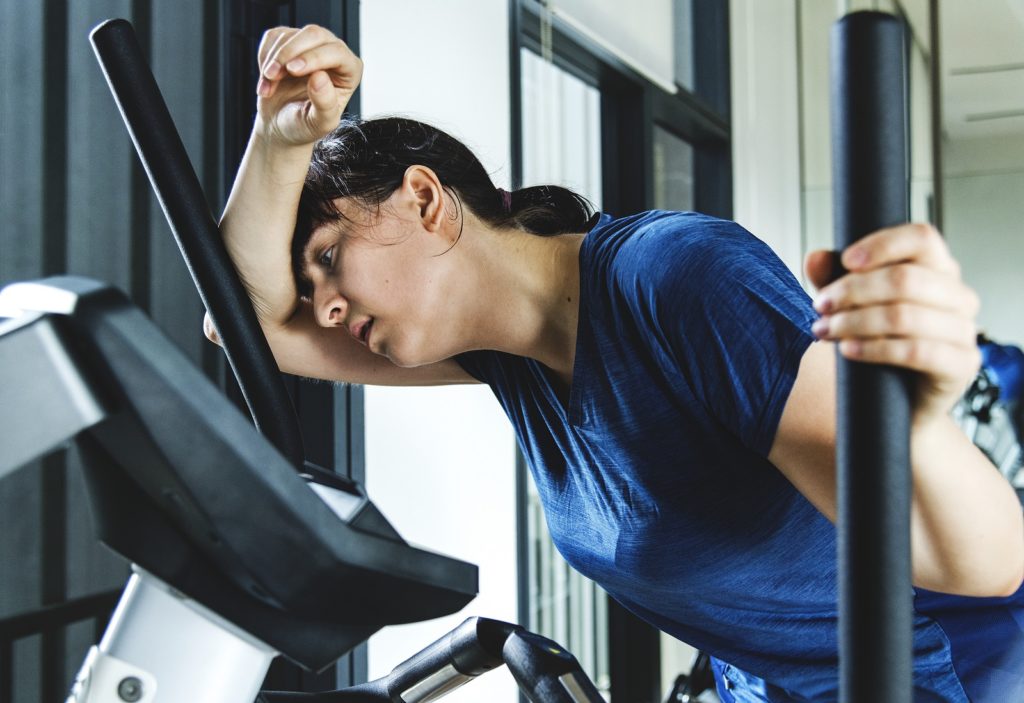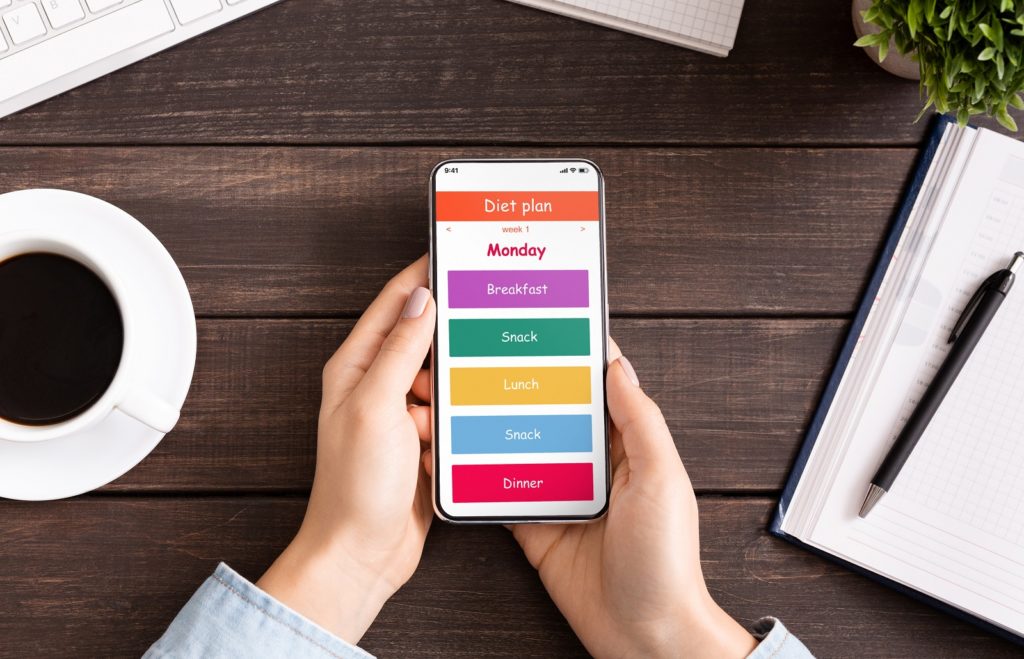During long-term self-isolation, many of us managed to get started with home training, and someone even got involved in them quiet well. And there are good reasons for this: classes in the apartment are convenient, accessible to everyone and no less effective than trips to the gym.
If you still doubt their effectiveness and disappointedly noticed that there is no progress, it is worth asking: are you doing everything right? We talk about eight common mistakes that distance us from a positive result of training.
Table of Contents
1. Ignoring Warm-Up and Stretching

Warm-up is an essential component of any activity. It warms up muscles and ligaments, preparing them for further load. If you miss this part of the training, you can get injured and also reduce the effectiveness of the main workout. Indeed, you must admit that it is unlikely that you will be able to perform leg swings in full amplitude if you do not properly warm up the hip joint. The same idea with stretching – it is required after training. Stretching improves muscle elasticity, joint mobility and accelerates recovery processes. Without such an activity, you will be sore the very next day after an intense workout, so you can not return to exercises soon. And this will break the routine!
2. Too Much Workout

If you are not a professional athlete who devotes his whole life to sports, then training every day is not necessary. Otherwise, the muscles will not have time to fully recover – they need at least 48 hours to do this – and, therefore, grow.
Recovery for the muscles. How to do stretching after a workout Stretching exercises that will make going to the gym more effective.
3. Desire to Overdo It

It leads to a number of mistakes. First, do not start high-intensity training for advanced athletes at the beginning of your workout plan. For example, HIIT fat-burning sets attract newcomers with a promising description, but they are difficult to complete even for advanced ones. Without experience, you are unlikely to do all the exercises correctly and eventually collapse completely without strength – well, if without injuries. Fitness experts recommend starting with simple exercises that familiarize the body with the workout and gradually increase the intensity.
In the case of the mentioned interval training, you can first work out cardio, gradually increasing the time from 10 to 30 minutes. Secondly, training with heavier weight at the beginning is also not a good idea. People in good shape can easily use the equipment, the rest should not overlook exercises with their own weight. Remember: the purpose of the training is not to squeeze out all the juices from the body. You should train yourself in moderation, but not beyond it.
4. Failure to Follow the Order of the Exercises
If you have already connected to online training, do all the exercises in the order that the instructor suggests. The training program is created taking into account the maximum benefit from it and make all muscle groups work well. Therefore, it is important to consider two points: to choose a really good session, which was made up by a person with experience and a good knowledge, and not to follow rookie classes.
Free resources and fitness apps that help you stay active in quarantine.
5. Wrong Workout Pace
One of its most important components is the rest between the sets of exercises. It should not be too short or, on the contrary, long. In the first case, the body does not have time to restore energy to continue the workout qualitatively, and in the second case, you relax too much and the effect of the lesson declines.
Another factor determining the outcome is the pace of the exercise. If you make sets faster than an online instructor advises, progress will not get any faster. Perhaps, on the contrary: the muscles simply do not have time to get involved in the work, and the joints are overloaded. Too slow pace is also of little use.
6. Emphasis on Quantity over Quality
At any stage of the training, the correct exercise technique plays a huge role. Only having mastered it, you can concentrate on quality, taking into account all the nuances. We advise you to hold the pursuit of quantity: the wrong base in combination with the maximum number of repetitions will not bring a positive result.
7. Lack of Progress
The same workout leads to a lack of progress. In this case, the body gets used to the pressure and simply stops to improve. It is necessary to increase it in a timely manner, increasing the intensity, number of repetitions, and adding weight.
8. Nutrition Plan
Even a perfectly completed workout will not lead to muscle growth or weight loss if a daily diet is not set. A nutrition plan is individual for every person, but it should definitely exclude junk food, include a maximum of nutrients and the optimal amount of protein, and also not go beyond the daily calorie intake.

How do I know if I’m overtraining?
Hi! There are signs and symptoms of overtraining you should pay attention to like fatigue, reduced appetite and weight loss, irritability, persistent muscle pain, decline in performance. If you’ve noticed these symptoms, you should rest for a couple of days. Get enough sleep, eat regularly, do some light activities like walking. Get back to workout routine only when you feel better. I would also suggest reducing the volume of your training sessions.
I don’t get why I always feel so much in one leg/side, but as I go on to the other side doing exactly the same movements I feel absolutely nothing!?
Usually one side of our body is stronger than the other, and you may think you are putting in the same amount of effort on both sides, but one side is weaker and working harder to get to the same place that the other side is already at, if that makes sense. Also, posture imbalances can cause you to not feel anything in one side.
Is it better to exercise fast or slow?
If your goal a quick muscle gain, whatever your physical fitness is, doing slower reps is the way to go. Slower reps cause your muscles to experience more time under tension, much more than with faster reps.
I’m not worrying about muscle gain, I’m focusing on keeping the process alive and exploring new ways to keep fit. Running is a new one for me and is great for building CV. But my question is how long does it take to see results from running everyday?
Hi! Your body benefits from running almost instantly, and if you stick to your routine and slowly build up your volume and intensity and allow for adequate recovery, you’ll see big improvements in as little as two weeks. But I would recommend having rest days.